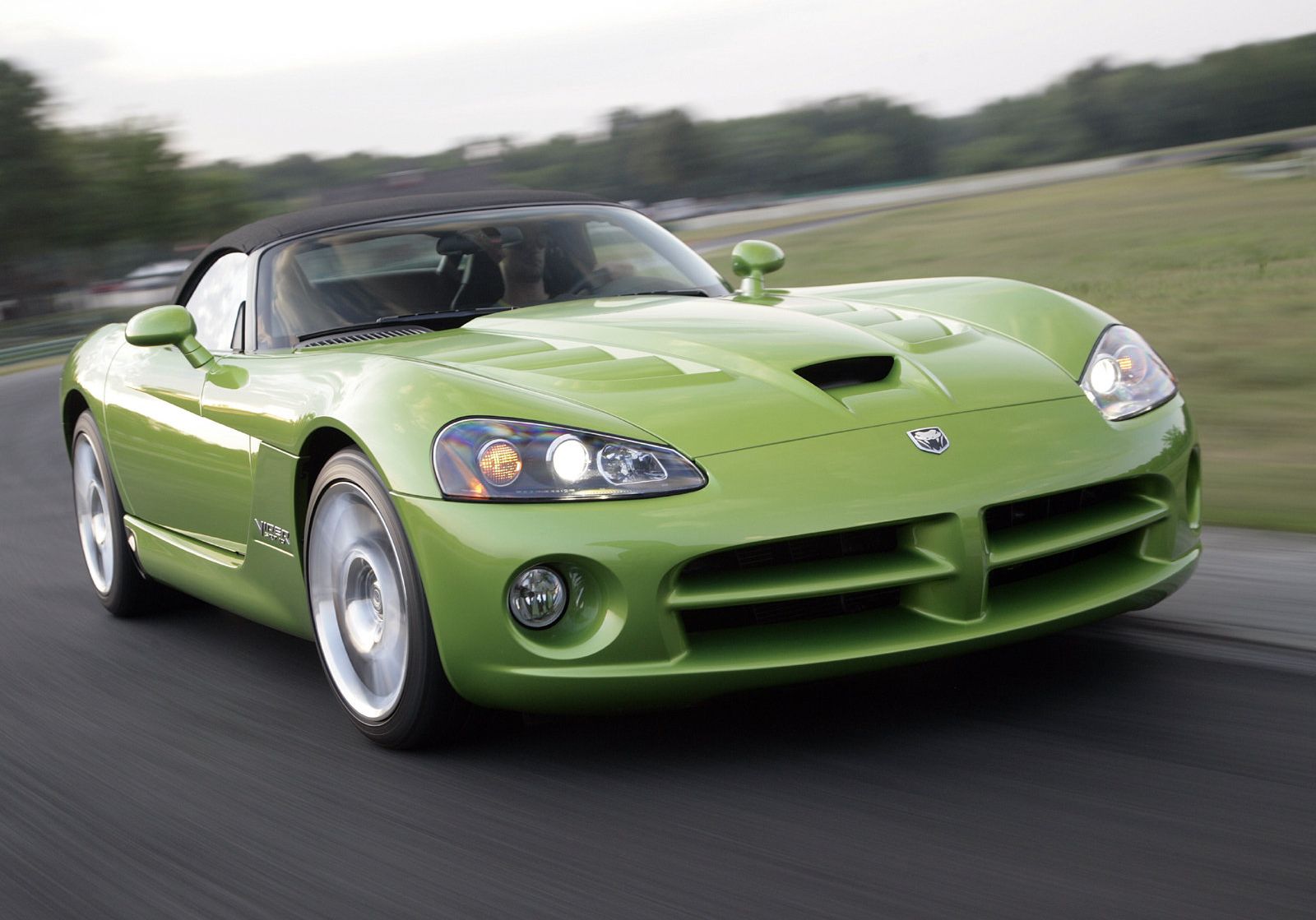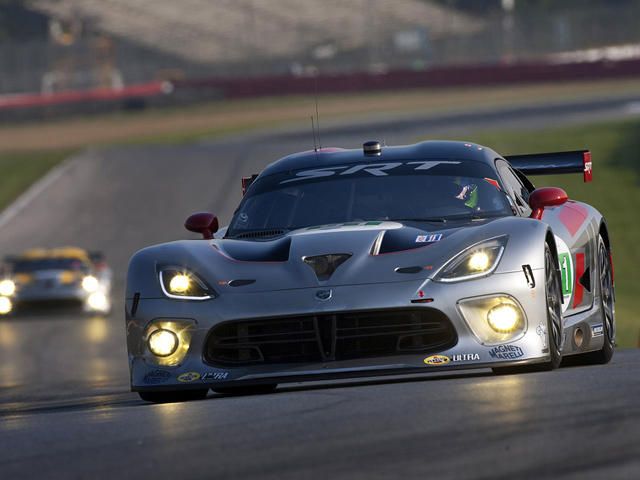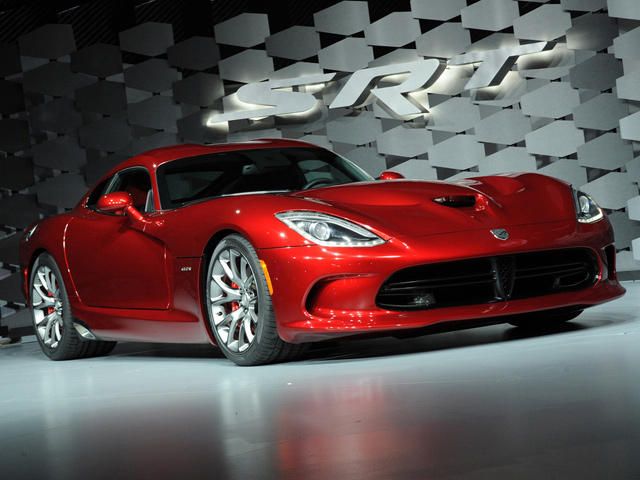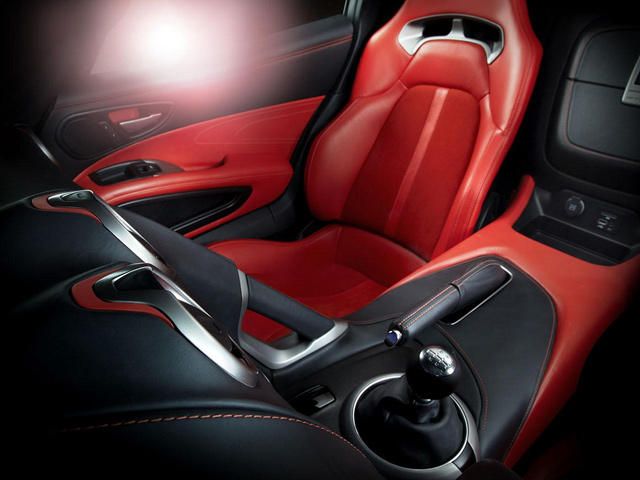
What makes something a supercar and not just a sports car? A difficult question, but necessary if we're going to say it's the first American supercar. Perhaps it's the Shelby Cobra, or the GT40, but both of those are kind of British as well. So what about the Corvette? Sure, some are sports cars, but what about the ZR-1? Well, however you define it, the Viper is an all-American supercar, and potentially our first one. The idea for the Viper was dreamed up by Chrysler's then-president Bob Lutz, with the idea of creating a modern day Cobra.
There is a perception, in some circles, that the Viper is unsophisticated, especially when it comes to earlier models. But this is missing the point. The Viper was designed, like the Cobra before it, to be as simple as possible. The Cobra was little more than a huge engine and a couple of seats, and that's what made it so fantastic. It was a pure driving experience, and so is the Viper. Similarities to the Cobra were planned from the start, but Carroll Shelby himself was enlisted by Chrysler to help with the design, just to be sure they got it right. The car debuted in concept form in 1989, to huge fanfare from the press, and the first production cars went on sale in 1992.
The massive engine up front was a 8.0-liter V10, derived from a Dodge truck engine with help from Lamborghini, at the time a subsidiary of Chrysler. This engine put out 400 horsepower and 465lb-ft of torque. The name Viper was chosen after several other names were eliminated. Chrysler wanted a snake name, to connect the car to the Cobra, but they obviously couldn't just call it "Cobra". Sidewinder was eliminated because of the military connotations (the AIM-9 Sidewinder is an air-to-air missile), Asp was also eliminated because it just didn't sound good.
Python briefly gained some traction, but then it was realized that the python is a fat snake which eats big prey, but then basically lies around for days at a time after that. No, it had to be Viper, and the name still sounds great today. Dodge only built 196 Vipers in 1992, while production was still gearing up to handle the demand. Dodge targeted specific dealers to handle the sale of the cars by sending them to the areas of the country with the highest numbers of Corvettes registered. In that year, the sticker price was $50,000, but a huge demand quickly lead to equally huge dealer premiums, and many people were paying $100,000 for a '92 Viper.
Some people even paid as much $200,000 before Dodge allowed orders to be placed on the 3000 Vipers slated for production in 1993. Even this did little to slow demand, and 70 percent of '93 Vipers were already sold by July of 1992. It's easy to see the appeal of the Viper. True, you might not get all of the fancy electronic driver aides you'd have in a Ferrari, but neither will you pay Ferrari prices for one. Dodge found that Viper owners tend not to be the super-rich, but rather those with some money who tend to spend a disproportionate amount on cars. In other words, gearheads.
The Viper is truly an enthusiast's car, a position it enjoys with the help of a relatively low price and an unfettered driving experience. It's not a car which will flatter the unskilled, but it is highly rewarding for those who love to drive. The Viper was nearly killed off during the economic hard times of a couple years ago, but Chrysler has now brought out a whole new Viper, now in its fifth generation. The car was sold as Dodge for most of its life, but it has now been given to Chrysler's newly-formed performance division, SRT. The new design gives you enough signature cues to make sure you know it's a Viper, but it is still definitely a new design.
The new Viper has gotten more and more civilized over the years. It is now more forgiving to drive, even at high speeds. One might think that this isn't in the spirit that the car was originally intended, but one must also remember that the car is now much more powerful. The 8.4-liter V10 now puts out 640 horsepower, 60 percent more than the original. But the only available transmission is still a six-speed old-fashioned three-pedal manual. Chrysler still wants you to feel connected to the car while you're driving it. Since its first day in showrooms, and possibly even before that, the Viper has been thought of as America's supercar.
It combined just enough of all of the right elements to make it a huge success. What makes it even more special is that it sold far longer and far greater numbers than the Cobra ever did.



